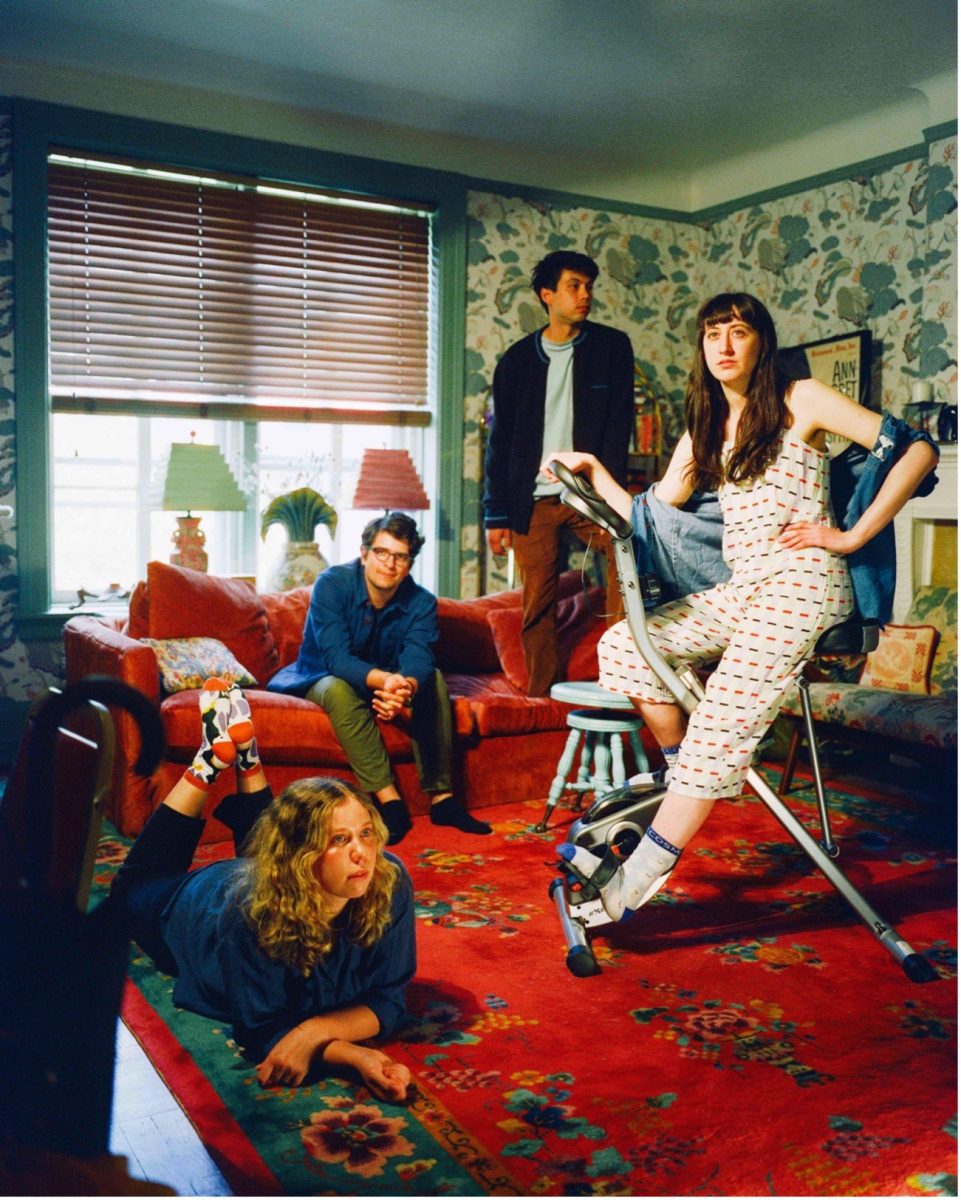
A concept that most people don’t know, or at least the term for it, is a broody hen. This is a fancy term that means she is in the mind-set to not lay eggs and instead sit on eggs with the goal to hatch them out. Whether she will be sitting on a nest with fertile eggs, fake eggs or no eggs is entirely up to the human. In this article we will use broody and sitting interchangeably.
To start with, some breeds are broodier than others, like the cochins are broodier than Black Australorps which don’t become nearly as broody (if at all). In lay-mans terms: cochins are more likely to become broody with greater frequency than Black Australorps so if you want a lot of eggs choose the Black Australorp. However, this is a general trait of each breed and therefore, is not a reflection for all individuals.
When a hen is broody she will not lay eggs, hence the choosing of a Black Australorps over cochins, because she is in nesting mode; she wants eggs to sit on and hatch. But when there are no eggs she will, nevertheless, make a nest and still exhibit signs of broodiness. The signs we have seen with our own chickens, in one particularly broody Buff Cochin, is: irritability, sitting on the nest for long periods of time, a tendency to bite and/or peck-even the hand that feeds it, feather fluffing to become larger and an overall clear sign of “Get away from me.” This is just a territorial display that tells others ‘this is my nest and my eggs go away.’ If she is in a broody state baby chicks can be placed under her so that she believes these chicks are hers and she may care for them. This can only be done at night, though, because chickens have poor eye sight and are not the brightest bulbs on the tree; so the next morning she will assume these are her babies that hatched out without her knowledge during the night. If she knows the chicks are not hers she will reject them.
What is most amusing would be that some chickens will sit when there are no eggs. We are not sure why, perhaps just a deep routed instinct to be broody and create a nest. Either way, you get a chicken that will remain on a nest until her broodiness is over be it when the eggs hatch and you now get a very protective mama or when she snaps out of it (which for our chickens is after about a month).
We have been talking so far about the definition of broodiness in the natural sense but there is another definition used by those in the commercial industry of poultry. For them broodiness also refers to the upkeep of baby chickens in an artificial environment; a large building where temperature is maintained until the chicks are old off to be moved to another building in preparation of them either being layers or broilers (meat birds).
In summary, broodiness is either when a hen’s mindset changes to one where she nests and hatches out eggs or when the poultry industry raises chicks in an artificial environment.
Brianna and Rebecca Swierk are Collegian Contributors and can be reached at [email protected] and [email protected].















